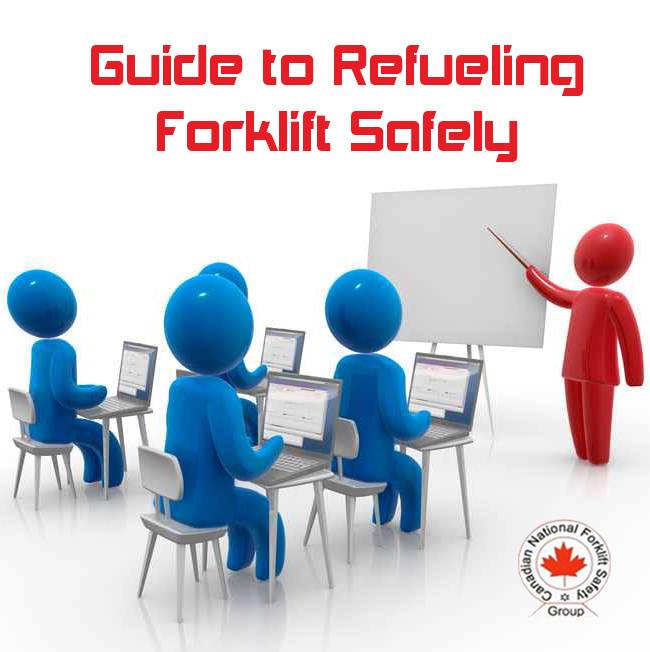
Forklift Safety: Guide to Refueling Forklift Safely
Working with forklifts can be a dangerous job, and it’s not just about the weight and size of the forklifts themselves. There are many components involved when operating a forklift and one of the most common being refueling a forklift before any task. Though it may be simple, refueling is one of the most dangerous maintenance jobs because one single mistake can lead to life-threatening consequences.
Pre-Refueling Safety
One must be extra cautious while refueling any forklift. The Forklift Operator must observe and carry out the following safety precautions:
- Always remember to refuel only when the engine is NOT running as the engine has the potential of igniting the fuel.
- Ensure safe parking procedures.
- Any potential source of ignition is prohibited within 10 meters of the forklift being refueled or recharged.
Refueling
Forklift engine runs on a variety of fuels including Liquid Petroleum Gas (LPG), diesel, and petrol.
Liquid Petroleum Gas
- Cylinders permanently mounted on trucks should be fitted or exchanged only at the locations designated for that purpose.
- The LPG cylinder must only be recharged or exchanged by trained and authorized personnel only.
- Make sure that the engine is stopped and the fuel-isolating valve is shut before you disconnect the cylinder.
- Cylinders and all the associated plumbing must be handled with extreme care as the damage from dropping could result in a serious fire.
- The safety relief valve must be facing upwards at all times.
- Do not replace straps with chains in the cylinder-clamping device.
- Wear leather gloves while changing cylinders to prevent potential injury.
- Flexible hoses on LPG trucks must not be protruding beyond the extremities of the truck.
- Report immediately if the fuel system has a leak.
Diesel or Petrol refueling
- Smoking or any other sources of ignition are prohibited in the designation refueling area.
- Avoid spilling petrol or overflowing the tank during refueling. Replace the cap securely, flush down any spilled fuel and allow it to completely evaporate before restarting the engine.
Some Don’ts
- Do not play around or take things lightly while refueling.
- Do not use water if fuel does catch fire.
- Do not work in an enclosed area.
- Do not distract the person in charge of refueling.
Some Do’s
- Work in a well-ventilated area.
- Keep all containers closed.
- Clean up any spills and leaks.
- Use liquids stored in safety cans with self-closing lids and flash arresters.
- In case of an accident, know all the escape routes and learn how to use a fire extinguisher.
As a Forklift Operator, it is important to understand the safe practice involved with large equipment. The best way to prevent serious accidents and protect your safety is by completing a comprehensive forklift certification.

TEXT or CALL for FREE QUOTE: (905)-405-0001 , (905)-405-0006